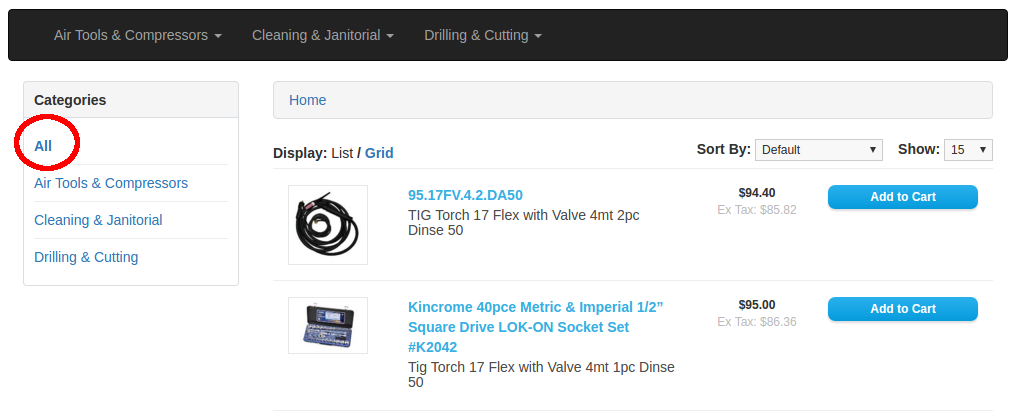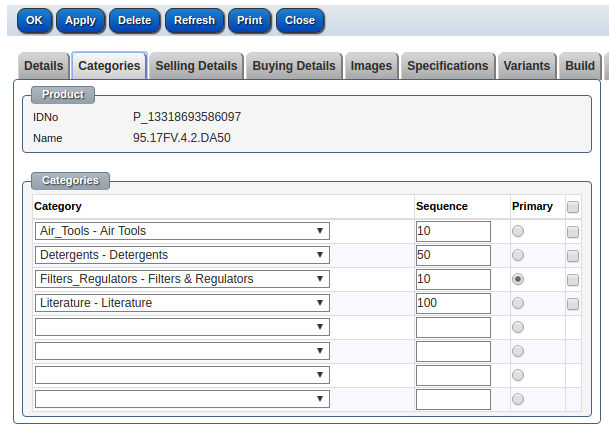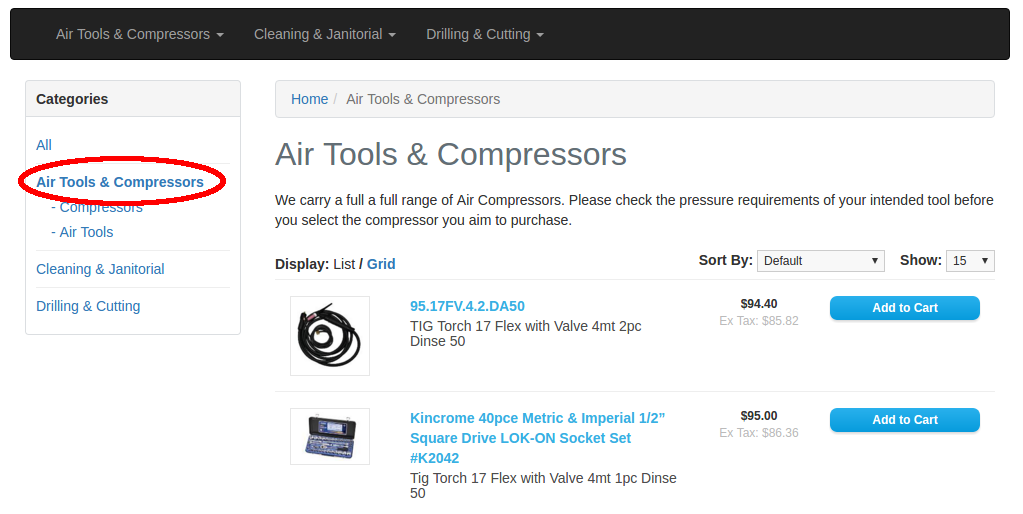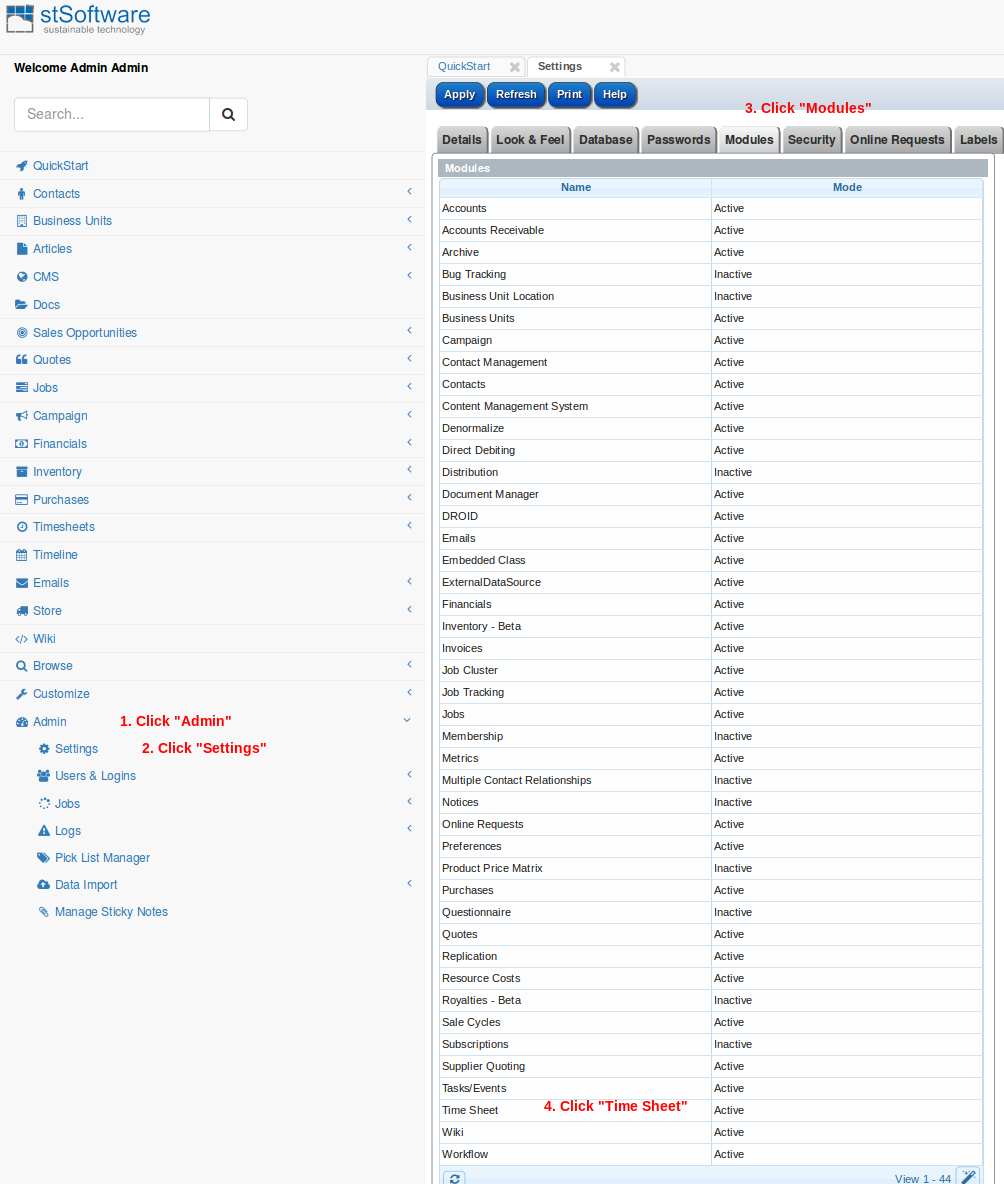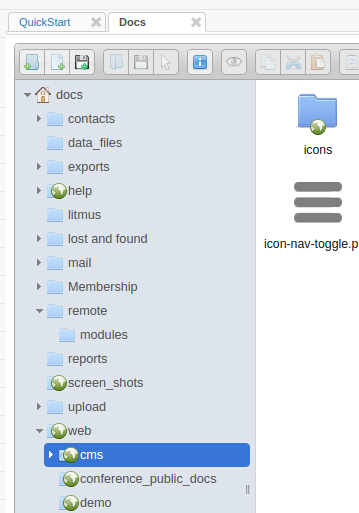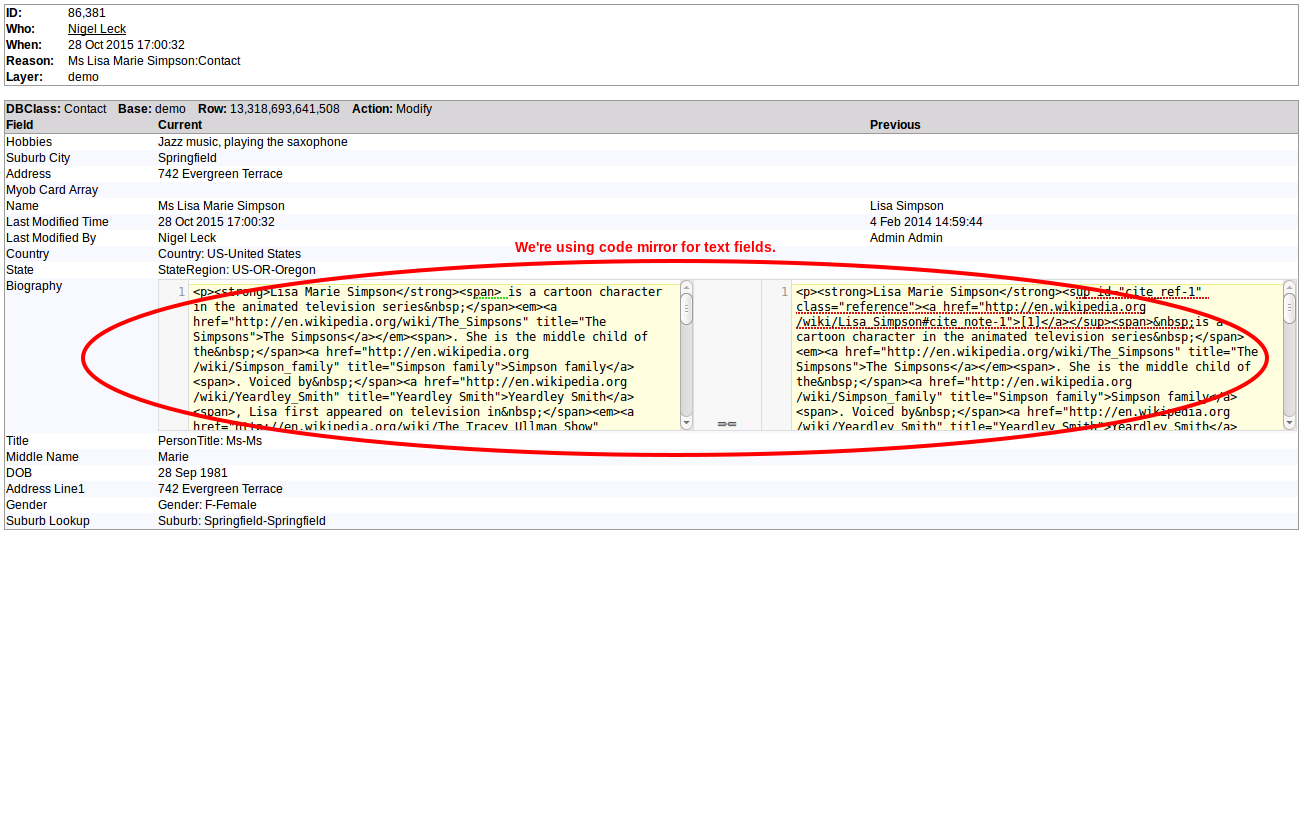Below is the current lightouse report for the template app-contract-list
- 22 Jun 2016
The user's timezone can't be detected by a ReST call itself.
The client's public IP addresses we can be used in combination with freegeoip.net ReST service to find a rough location.
When a client logs into the system, the client's timezone is passed as a parameter in the ReST call /v1/auth/login/{username}.
The web pages that use the library jstz to detect the timezone and then does log-in via ReST. We remember the user's timezone in the database session record.
- 11 Jun 2016
Summary
To enable spell checker, the package 'aspell' needs to be installed on the server side. TinyMCE calls a web service 'v1/spell' to check spelling and store words in the user's dictionary.
- 10 May 2016
All stSoftware's web services are published using Swagger which gives interactive documentation, client SDK generation and discoverability.
Below are all the standard RESTful web services and how to use them.
- 30 Mar 2016
To set up a new API key for a ReST service:-
- Choose the ReST service to create the API key for ( steps 1-3)
- Open the data entry screen for the selected service ( step 4)
- Select the "security" tab ( step 5 )
- Create a new magic number ( step 6)
- Choose the user access to use for this service and press OK ( step 7-8)
The demonstration system can be used to try out the ReST services.
https://demo2.jobtrack.com.au/magic/3101/A5AE-9806

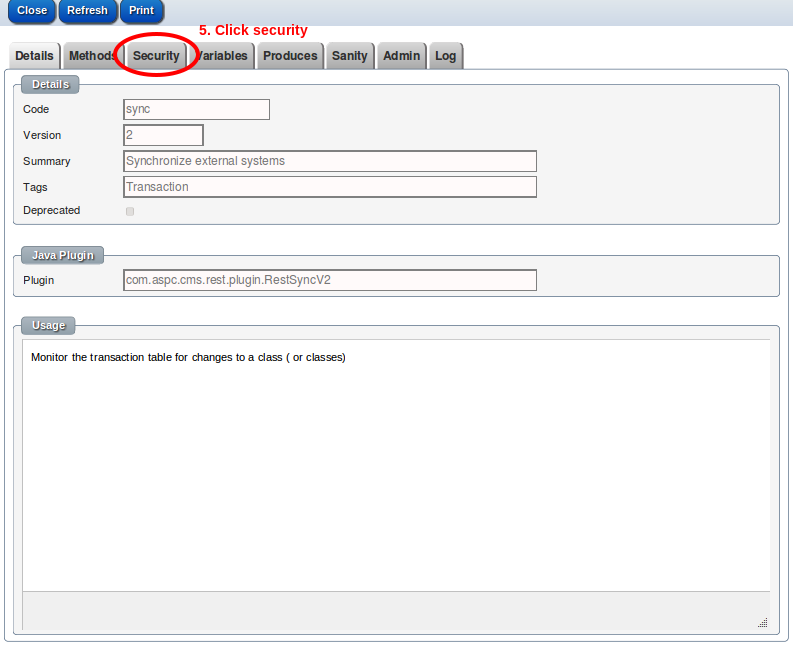


- 2 Feb 2016
To set up Google Analytics tracking of your web site.
- Log into you Google Analytics account.
- Create a new Tracking ID
- Switch to the SEO tab in the web site and enter the Tracking ID
- All standard templates will automatically create the Google tracking script when a tracking ID is entered and not in design mode.
![]()

![]()

- 29 Oct 2015
Back-ups & Redundancy
All databases are backed up and transferred off site nightly.
As part of the document storage process files have a SHA-1 (Secure Hash Algorithm 1) hash calculated and then the files are compressed and encrypted. The SHA-1 and the encryption keys are stored in the client's database. The compressed encrypted documents are stored on multiple file server nodes in the cluster. Each night the encrypted documents are replicated off site.
- 29 Sep 2015
You can view all the ReST services and their details via CMS/RESTful API

You can also try or edit a ReST service here

To set up a sanity check for a ReST service, click the "Edit" button, and go to "Sanity" tab

Click "Add" button to add a new sanity check or click one check to edit it.
Enter the additional path, and all parameters, the results section will show you the response status and response JSON

Click "Add" button in the "Checks" section to add one check for this sanity check. Enter the JSON Path you'd like to
- 14 Aug 2015


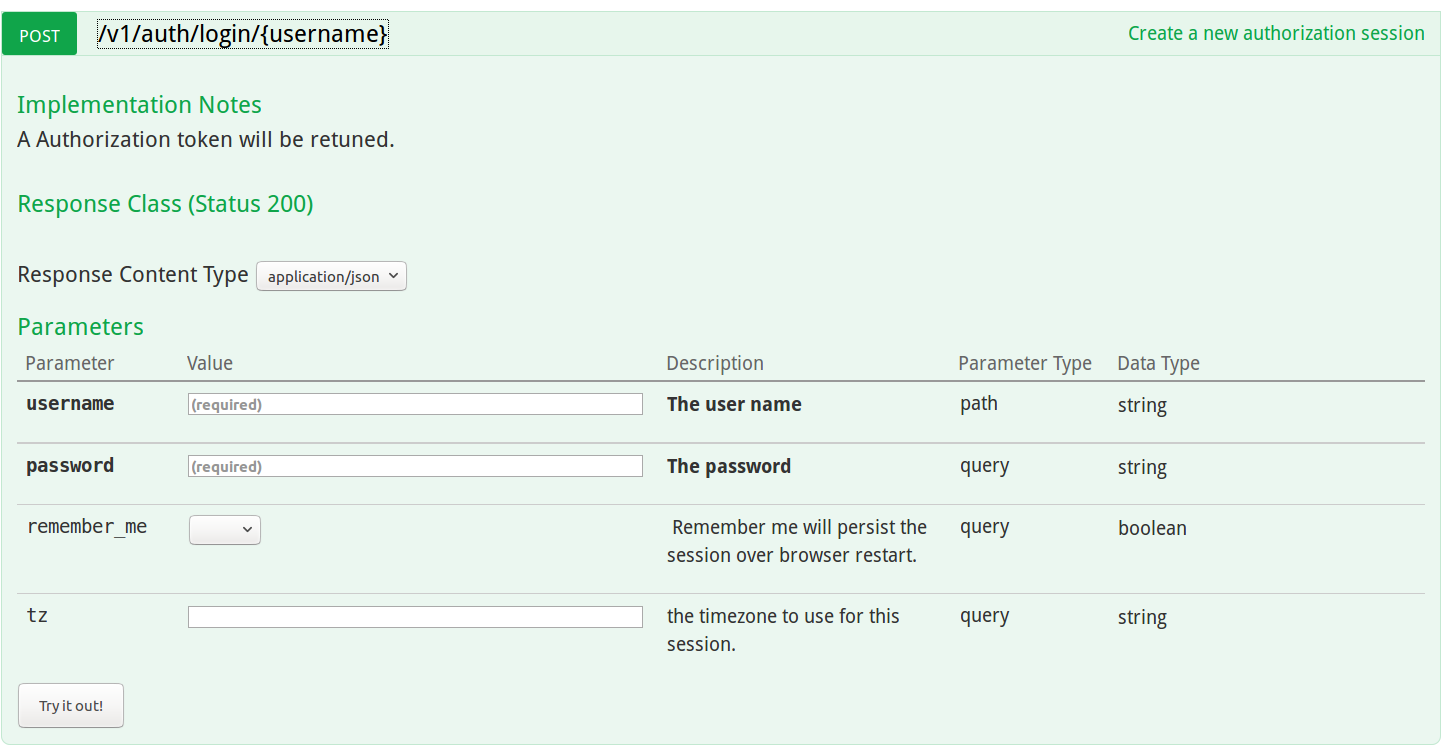
.png)

